Tropical and sub-tropical countries have climatic conditions that make the atmosphere hot and humid. As the level of rainfall is high in these regions, the breeding of mosquitoes is rampant. Dengue, malaria, and chikungunya are mosquito-borne diseases that affect people living in tropical and sub-tropical nations. These diseases are especially common in areas where cleanliness is not maintained properly. Stagnated water and unkempt sewage systems are some of the main reasons behind the spread of mosquitos in underdeveloped areas. Although there are a lot of differences between dengue, malaria, and chikungunya, some of the symptoms can be similar. Mentioned below is information on the symptoms of dengue, malaria, and chikungunya:
What is Dengue?
Dengue is a mosquito-borne disease that causes fever and flu-like symptoms. The infected mosquitos that spread this disease belong to the Aedes aegypti species. It is an infection caused by four viruses, i.e., DEN-1, DEN-2, DEN-3, and DEN-4. It is recommended to get a dengue test from a reputed pathology lab when the severity of the disease increases rapidly. High fever, fatigue, pain around the eyes, vomiting, and a skin rash are some of the most commonly-observed indicators of dengue fever. Consulting an experienced doctor is essential for getting the right treatment.
What is Malaria?
Another mosquito-borne disease found in tropical and sub-tropical countries is malaria. The symptoms of this disease are chills, fever, fatigue, nausea, vomiting, muscle or joint pain, rapid heart rate, and coughing. The mosquito responsible for spreading malaria through its bite is the female Anopheles. It is infected by Plasmodium which can cause chronic to severe symptoms in human beings. Doctors prescribe a blood smear test to detect malaria. After diagnosis, individuals are given medications to control the fever and other symptoms. Since the difference between malaria and dengue symptoms is limited, getting the right diagnosis is vital.
What is Chikungunya?
Chikungunya is a viral infection transmitted by the Aedes mosquito. The literally meaning of chikungunya is “that which bends up” because people who have this infection often stoop down while walking or sitting. This is due to a lot of pain in the joints. The symptoms of chikungunya begin with a high fever followed by inflammation in the joints. Most people who have chikungunya also have headaches and rashes on the arms and legs. Enzyme-linked immunosorbent assays (ELISA) test helps in detecting chikungunya by taking a blood sample from the infected individual. It helps in analysing the level of IgM antibodies so that the best treatment plan can be given.
"Suggested Read:" CHIKUNGUNYA FEVER DURING PREGNANCY AND IN CHILDREN
Dengue vs. Malaria vs. Chikungunya
The biggest difference between dengue, malaria, and chikungunya is how the infection is transmitted. Malaria is spread through the bite of the Anopheles mosquito, but dengue and chikungunya are transmitted through the Aedes mosquito. Another difference between dengue, chikungunya, and malaria fever is that the first two diseases are caused by viruses, while the latter is caused by a parasite. When it comes to symptoms, the difference between dengue fever and chikungunya are few. In both viral infections, people experience high fever and joint pain. On the other hand, individuals who have malaria experience high fever, chills, and coughing. In severe cases, seizures can also occur in people who have untreated malaria.
The similarity between these three mosquito-borne diseases is that they are all diagnosed using diagnostic blood tests. Although all these tests are different, they are done using venepuncture. The treatment of dengue fever, malaria, and chikungunya involves varying medications. However, specialised treatment is provided in serious cases. It has been observed that all three diseases can mimic each other. So, it is best to get tested for all of them from a reputed pathology lab. This will help individuals get the right prognosis.
4 Tips to Prevent Dengue Fever, Chikungunya and Malaria
- Ensure Cleanliness
The best way to keep mosquitos at bay is to ensure cleanliness in and around your community. This means that proper garbage disposal should be done on a regular basis. Along with this, keeping your sewage system clean is equally important to stop mosquitos from breeding in your neighbourhood.
- Clear Stagnated Water
During the monsoon season, standing water can be a major cause of concern. This is because stagnated water can be the breeding ground for mosquitos that spread diseases like dengue and chikungunya. Hence, it is advised to remove stagnated water in your garden, courtyard or any other part of your home.
- Wear Full Clothing
People who are living in high-risk zones should wear full clothing during the breed season of mosquitos. This can help in protecting themselves from mosquito bites. It is ideal to wear full-sleeved shirts/t-shirts and pants while stepping outside your residence to avoid getting bitten by mosquitoes.
- Use Mosquito Repellent
Whether it is your home or office space, using mosquito repellent is one of the most useful ways to keep mosquitoes away. Whether it is a repellent spray, coil or eclectic machine, you can use any type of mosquito repellent. Moreover, you can use fabric mosquito repellent that you can apply to your clothing to protect yourself from mosquito bites.
Dengue, malaria, and chikungunya are mosquito-borne diseases that can be eliminated by increasing community awareness of cleanliness and hygiene.













 7982100200
7982100200



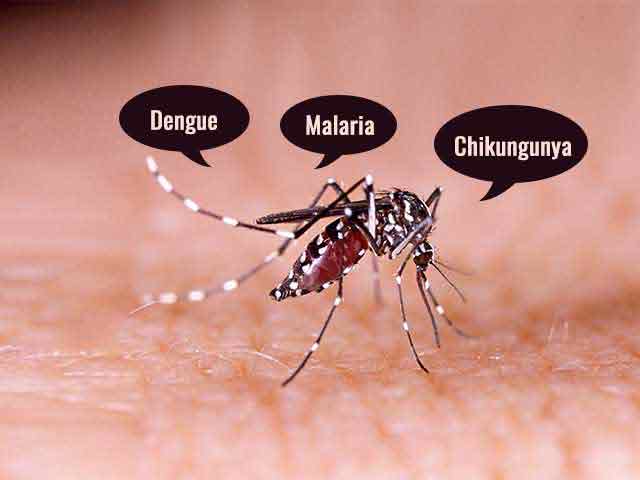

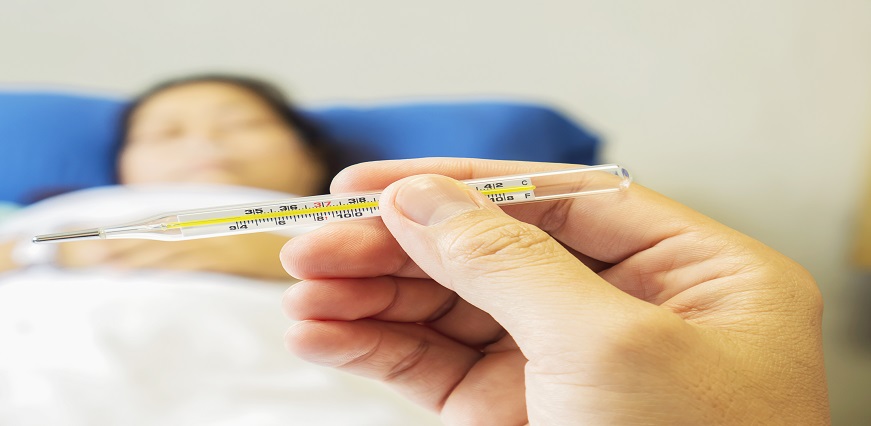


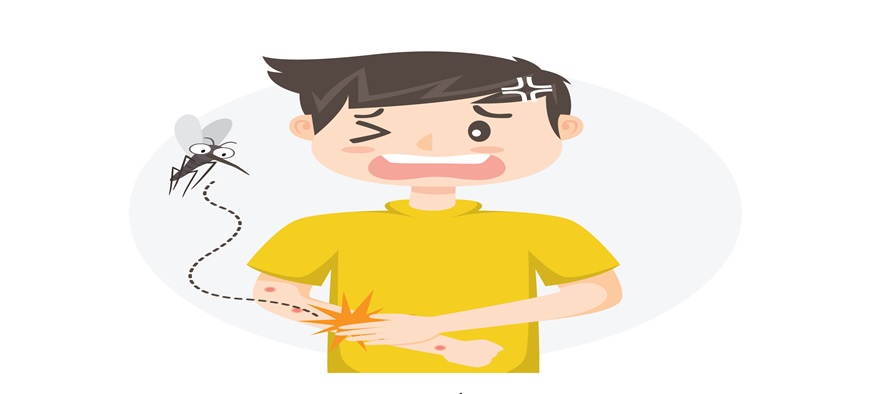
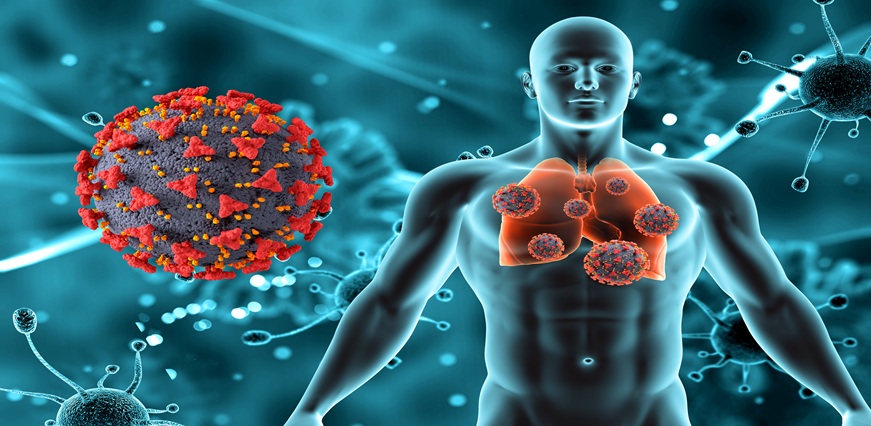
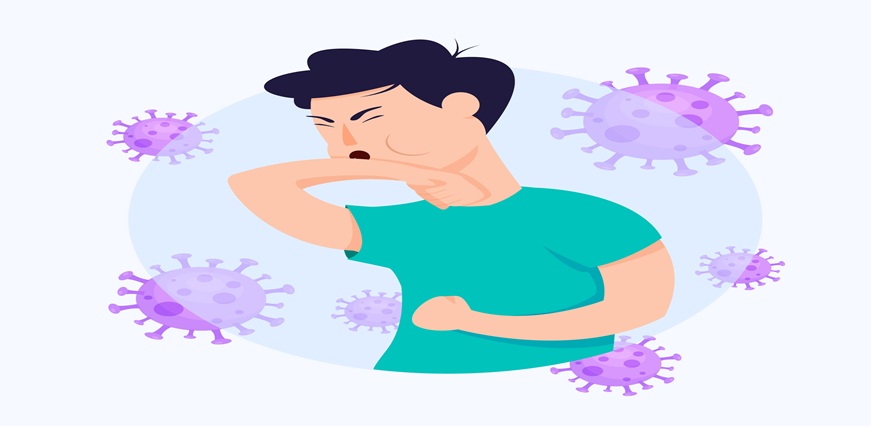














 To reach our help desk call 9213188888
To reach our help desk call 9213188888.png)
Comments